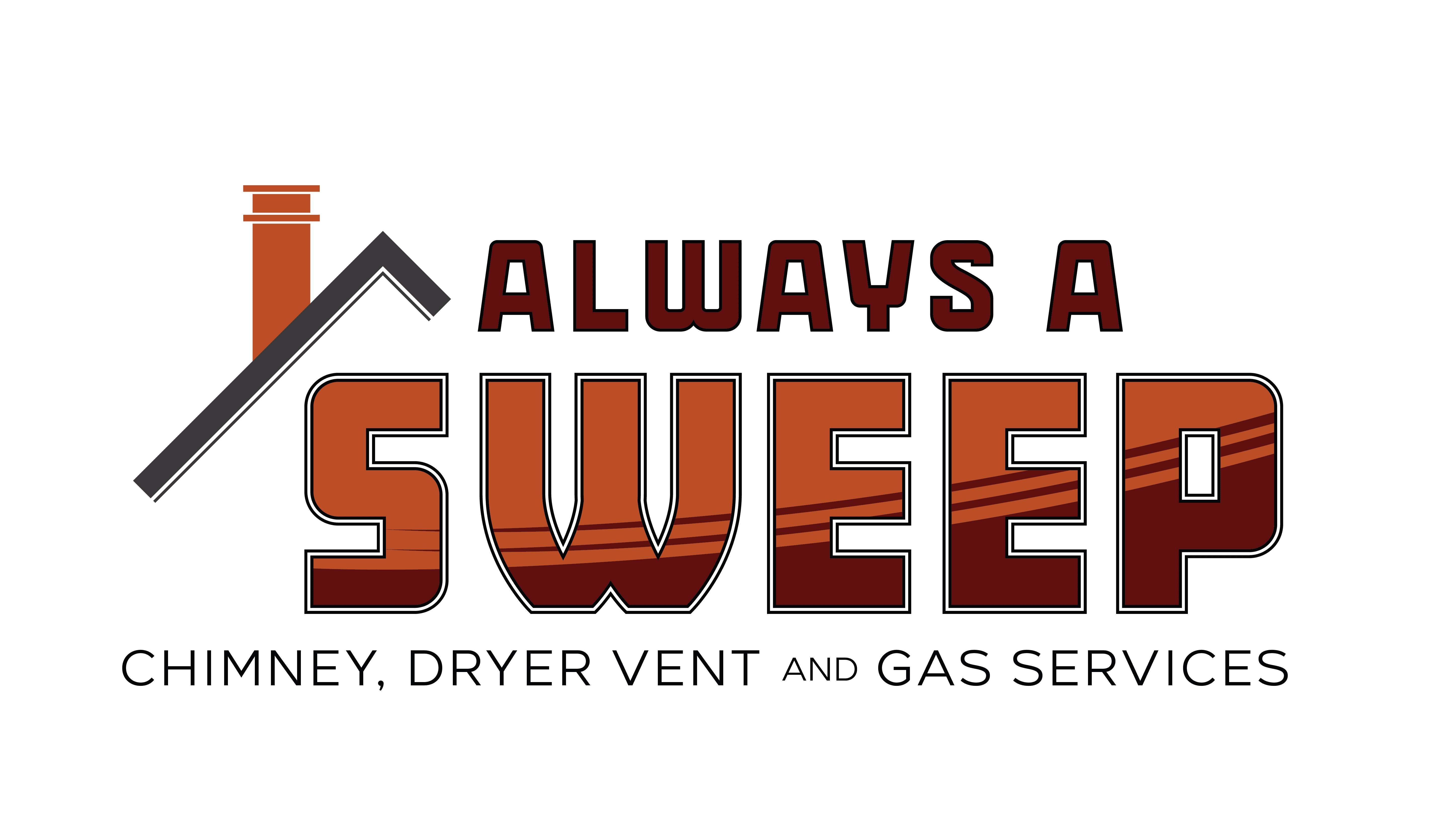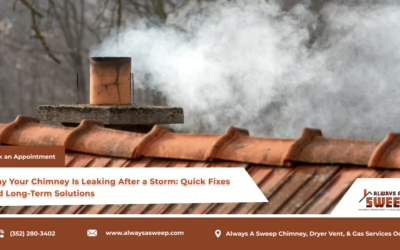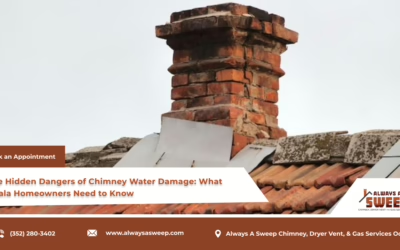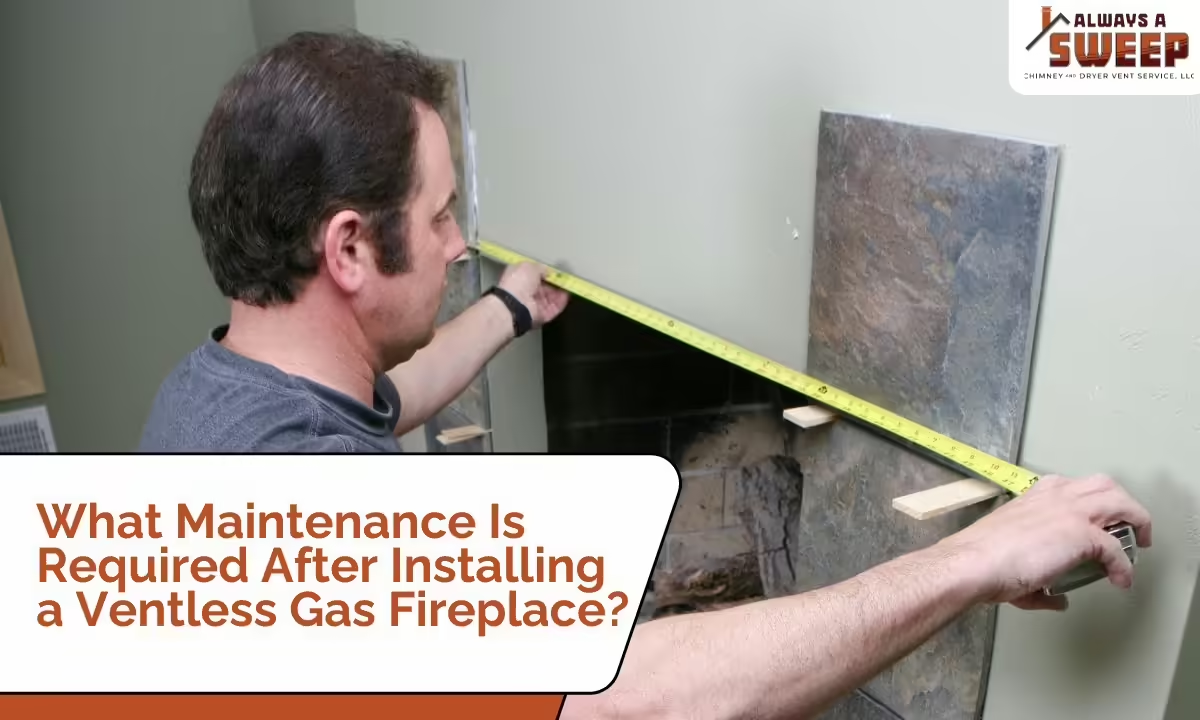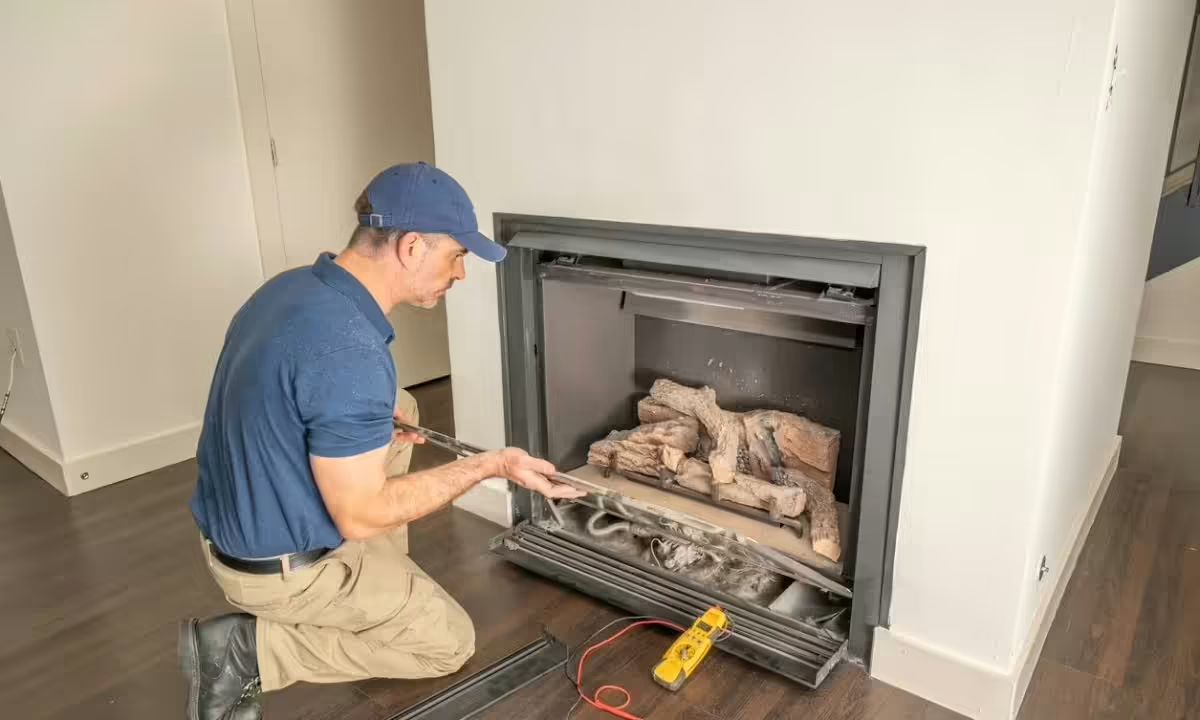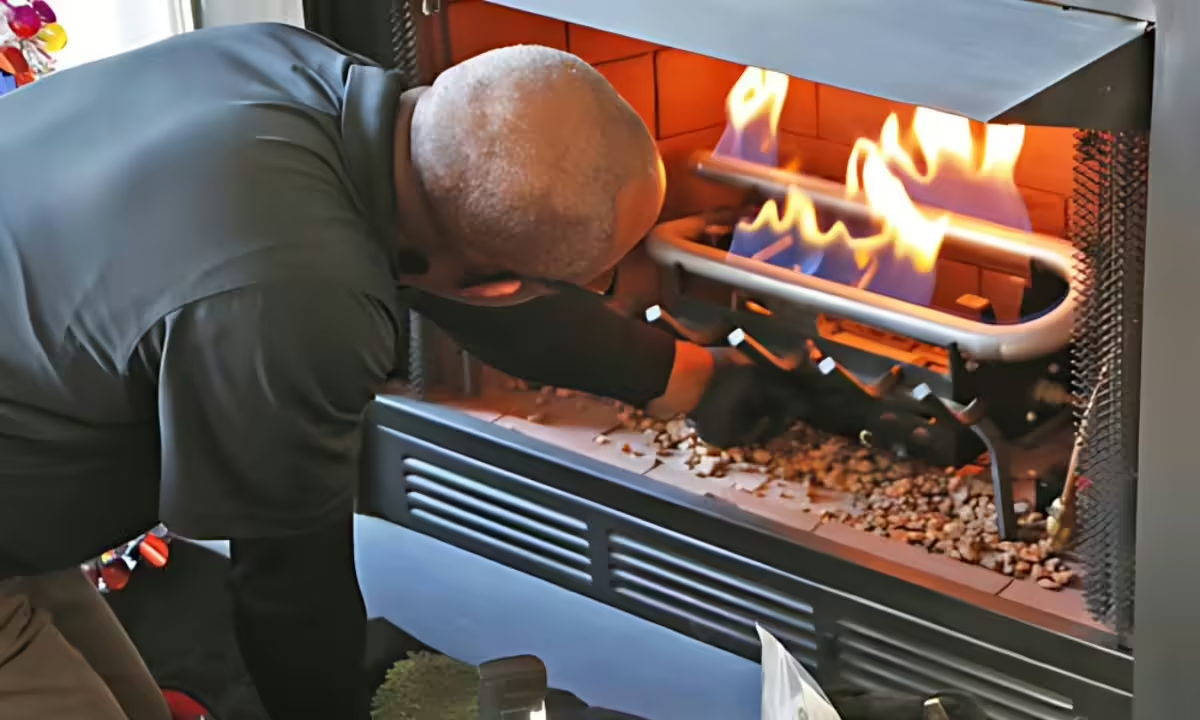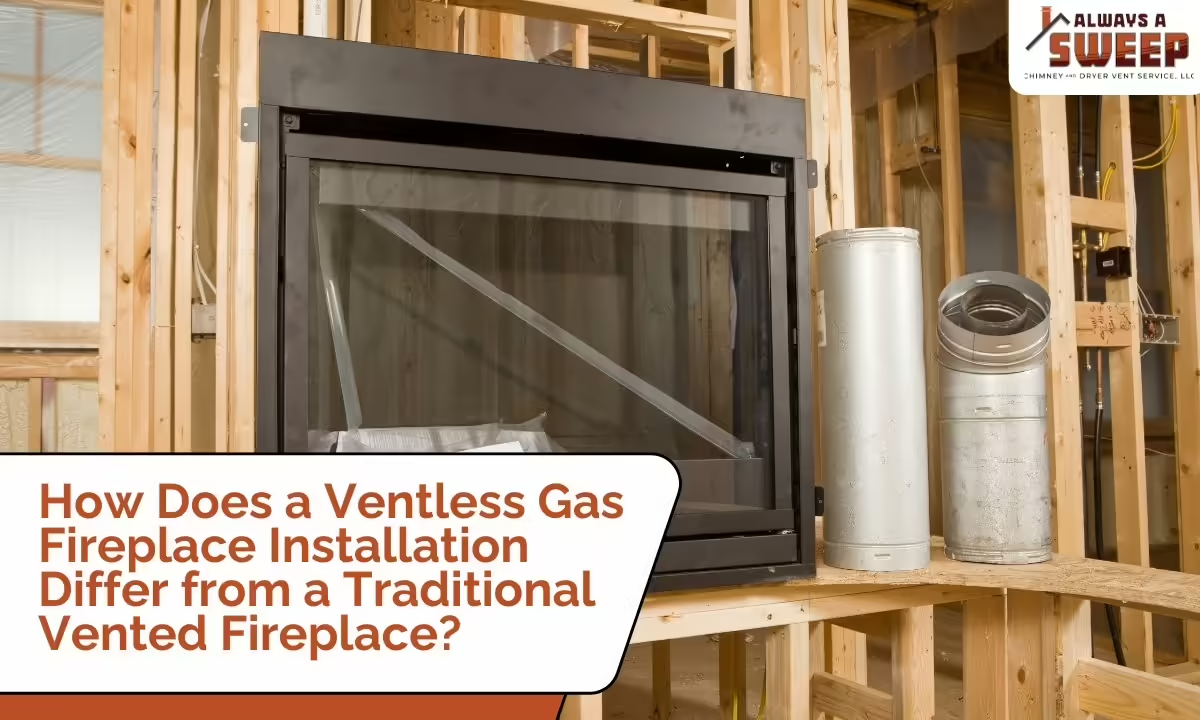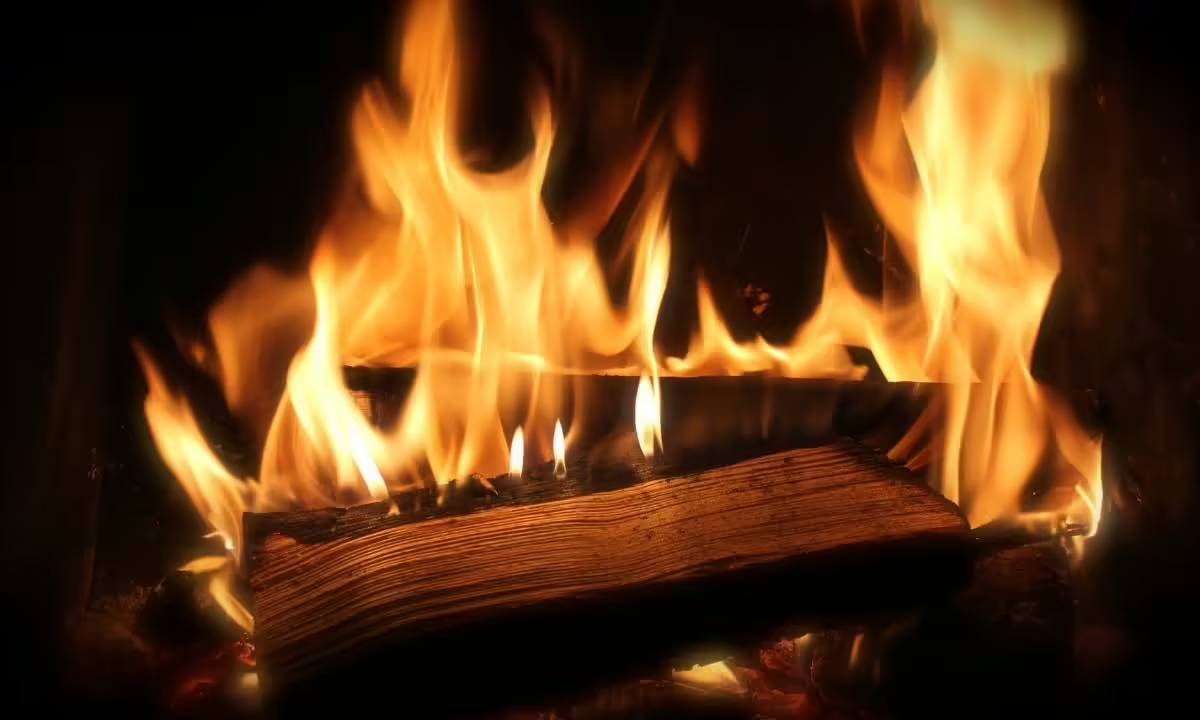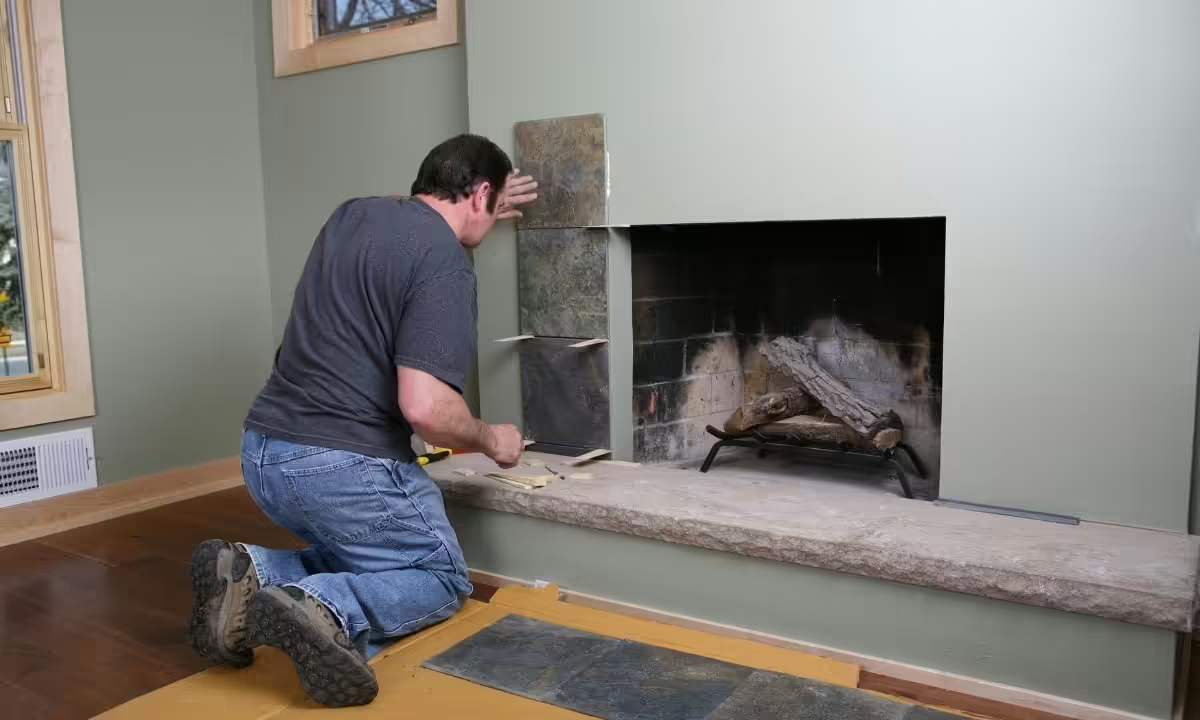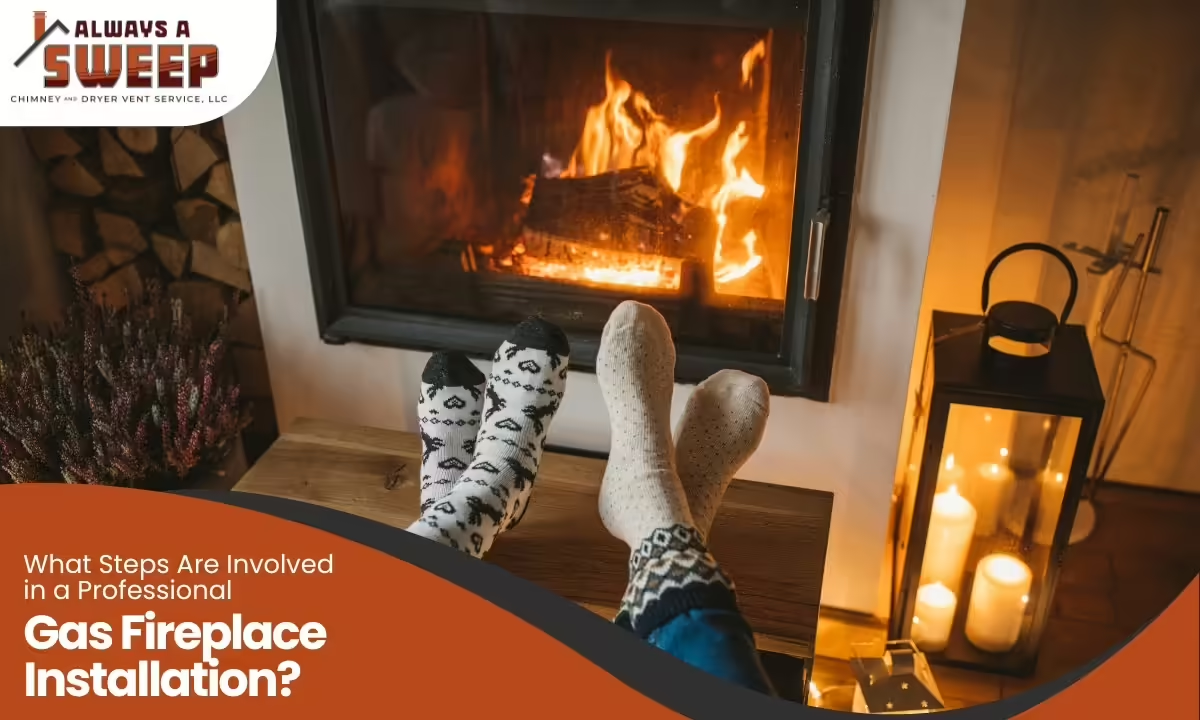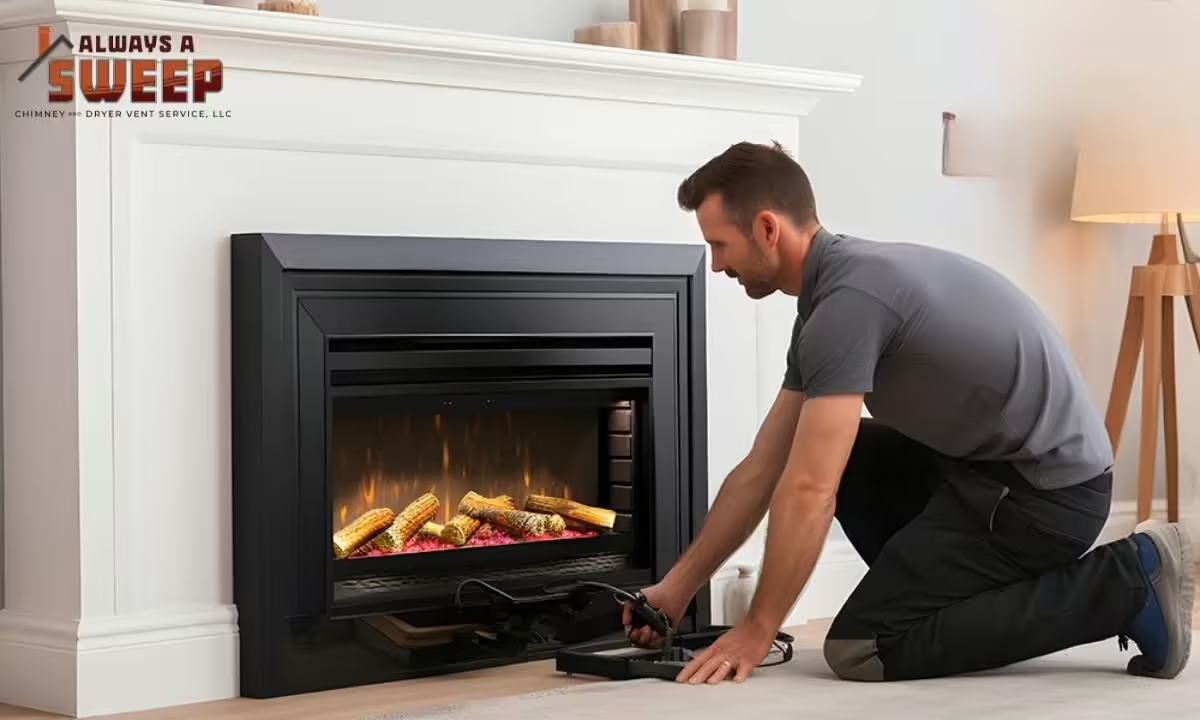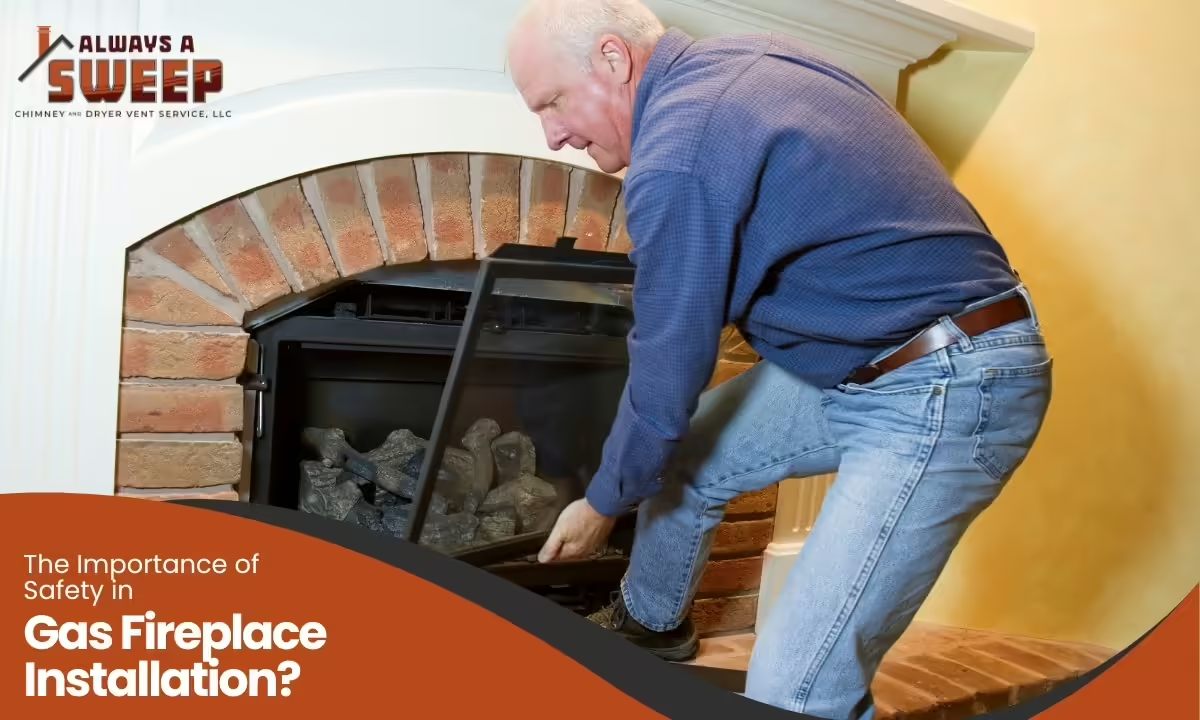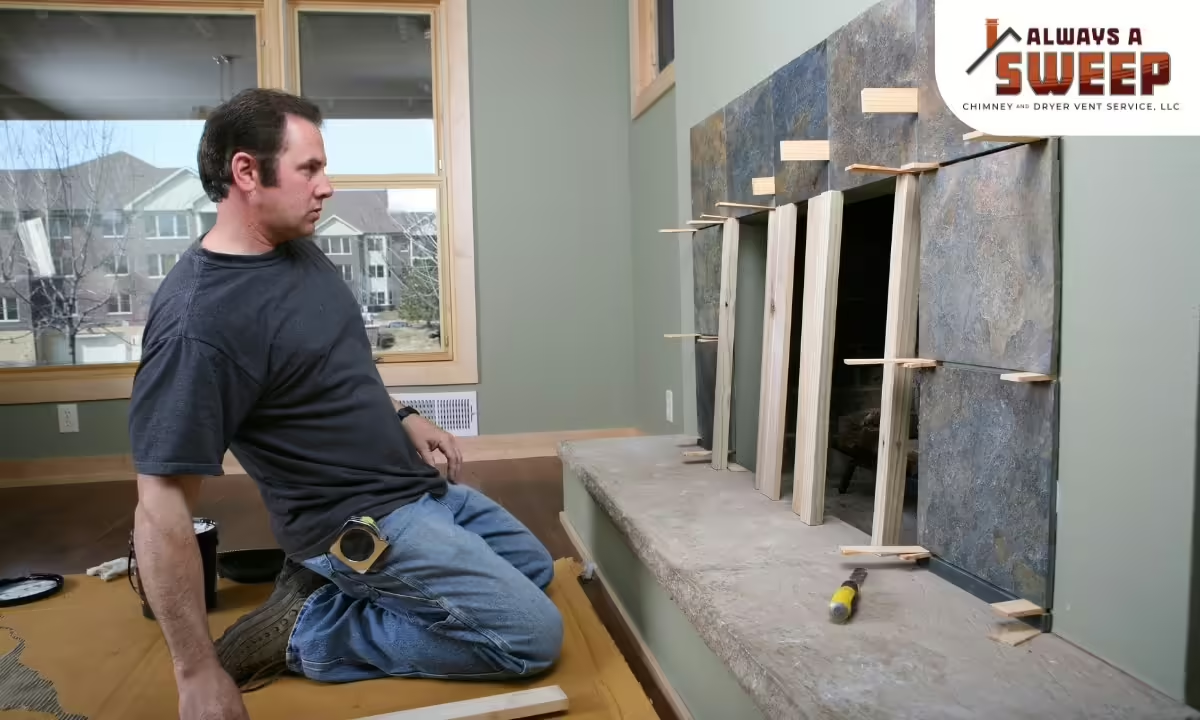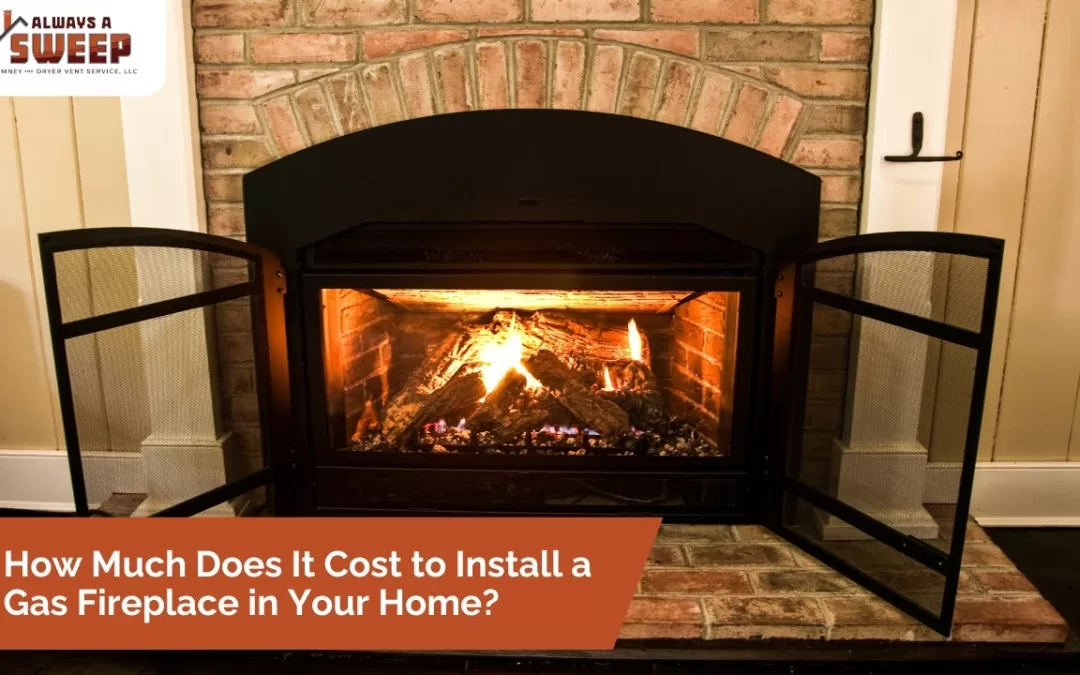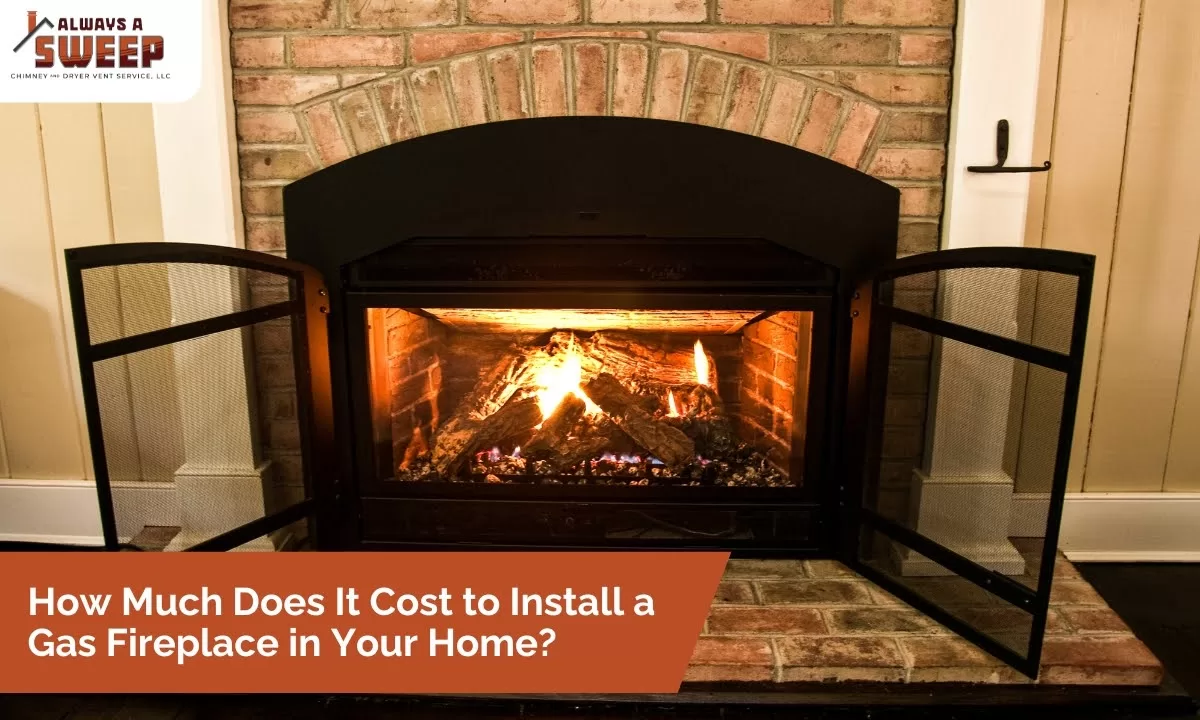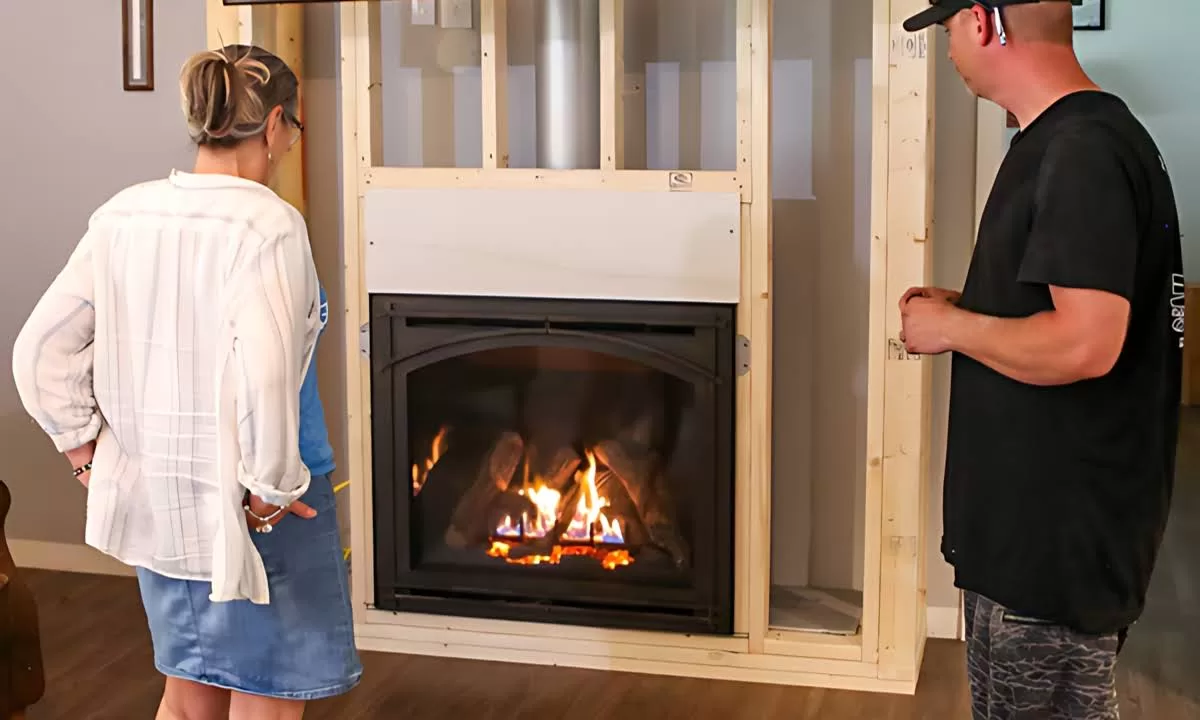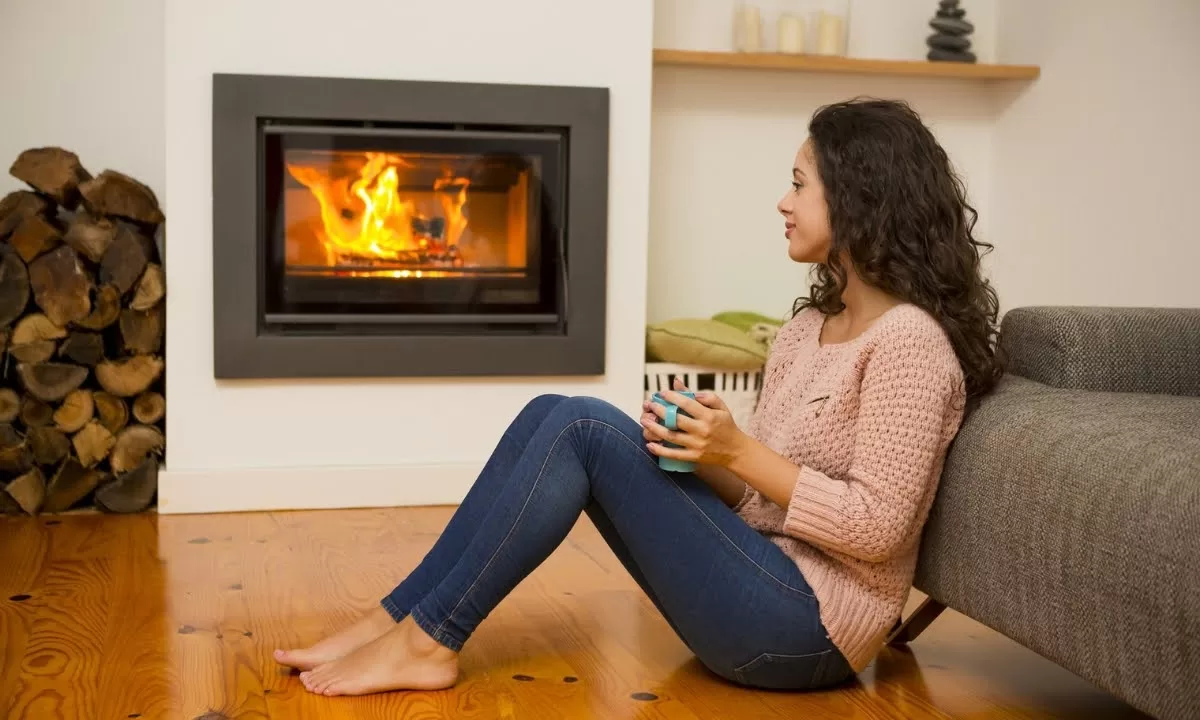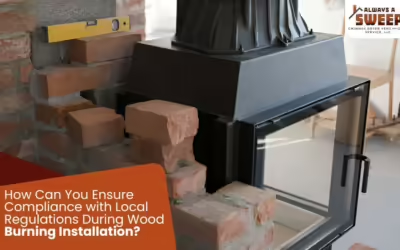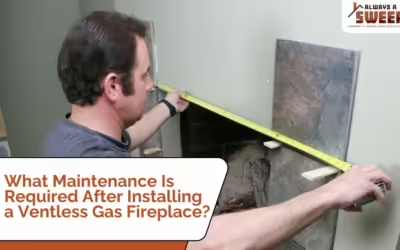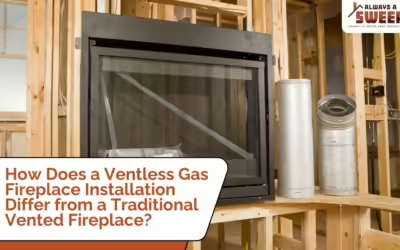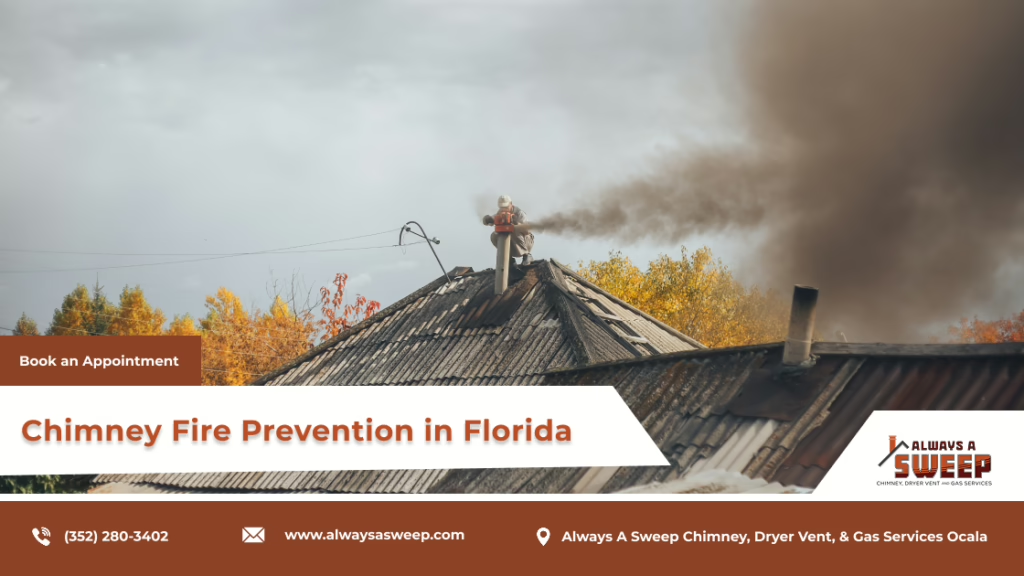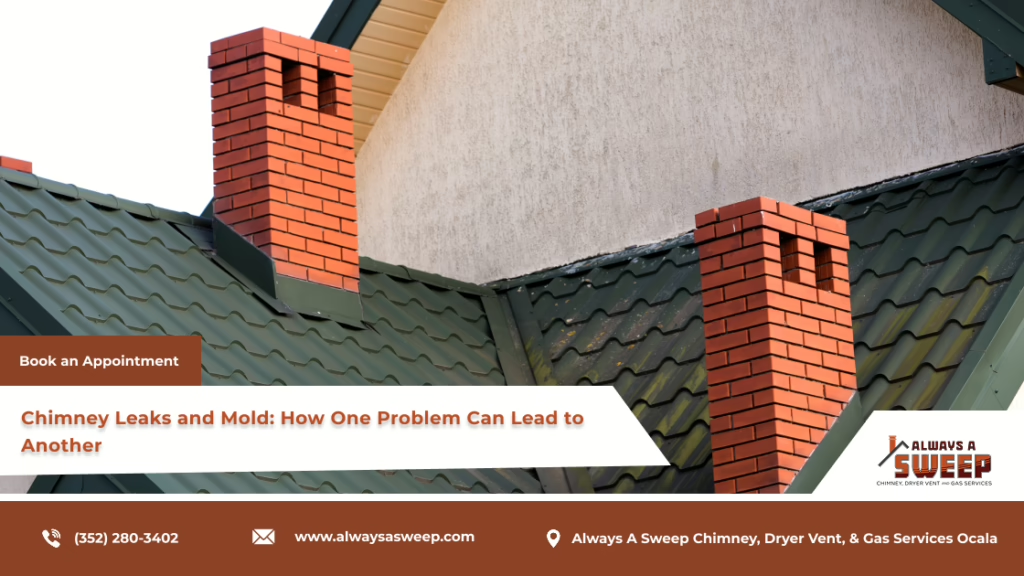After a heavy storm, you might notice unexpected water damage around your chimney. A leaky chimney after severe weather is a common problem many homeowners face. Storms can cause a variety of issues, from minor chimney leaks to significant structural damage. Ignoring...

Ensure Compliance with Local Wood Burning Installation Regulations
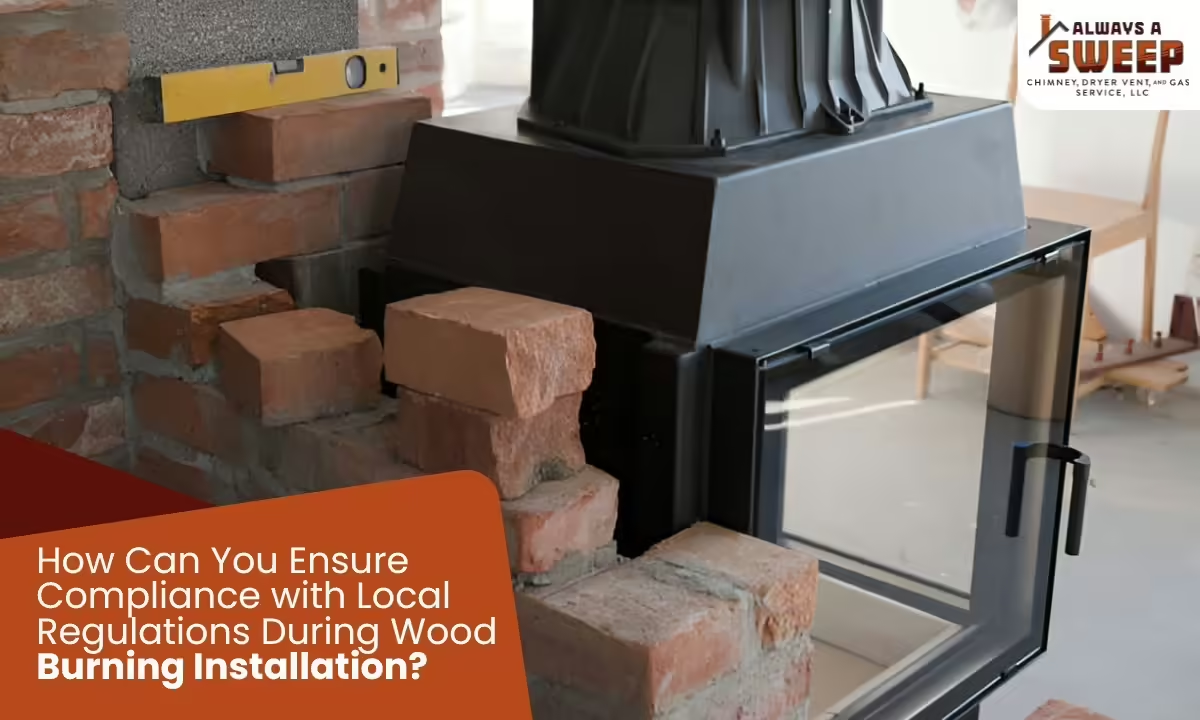
How Can You Ensure Compliance with Local Regulations During Wood Burning Installation?
Installing a wood-burning stove or fireplace can add warmth and charm to your home, but it also comes with responsibilities. One of the most critical aspects of this installation is ensuring that you comply with local regulations. Failure to do so can result in fines, legal issues, and potential safety hazards. At Always A Sweep, we understand the complexities of wood burning installations and are committed to helping you navigate these challenges. In this blog post, we will explore the steps you need to take to ensure that your wood burning installation complies with local regulations.
Risks of Non-Compliance
Installing a wood-burning stove or fireplace without adhering to local regulations can lead to a host of problems. Non-compliance not only puts you at risk of legal penalties but can also compromise the safety of your home. Local building codes and regulations are designed to ensure that wood-burning installations are safe, efficient, and environmentally friendly. Ignoring these rules can result in improper installations that pose fire hazards, lead to poor air quality, and reduce the overall efficiency of your heating system.
The consequences of non-compliance include:
- Legal penalties: Fines and enforcement actions by local authorities.
- Safety risks: Increased risk of fires, carbon monoxide poisoning, and other hazards.
Environmental impact: Non-compliant installations may contribute to pollution and poor air quality.
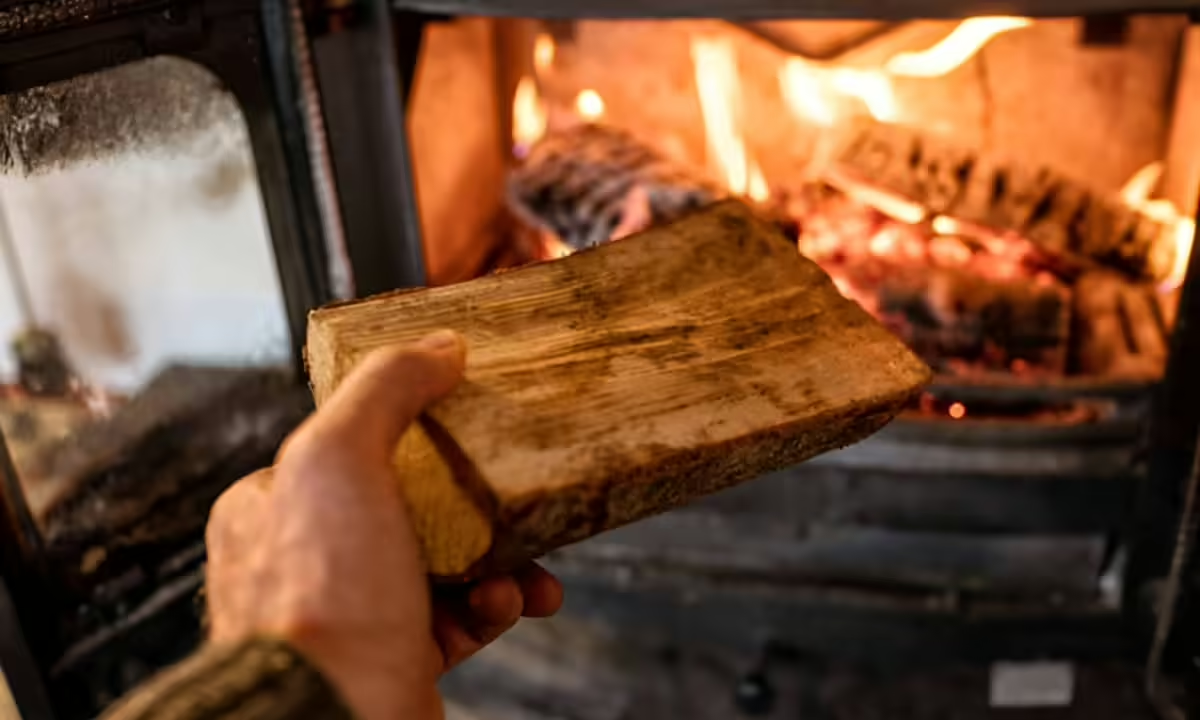
What are Local Regulations?
The first step in ensuring compliance with local regulations during a wood burning installation is understanding what those regulations entail. Building codes and regulations vary widely depending on your location, so it is essential to familiarize yourself with the specific requirements in your area. These regulations typically cover aspects such as the placement of the stove or fireplace, chimney height, clearance from combustible materials, and ventilation requirements.
Key areas to consider include:
- Building codes: Local building codes dictate the standards for wood burning installations, including safety and efficiency requirements.
- Zoning laws: Some areas may have zoning restrictions that limit where wood-burning stoves and fireplaces can be installed.
- Environmental regulations: Compliance with air quality standards and emissions limits is crucial to minimizing environmental impact.
Always A Sweep offers professional guidance to help you understand and navigate these local regulations. We can assist you in obtaining the necessary permits and ensuring that your installation meets all legal requirements.
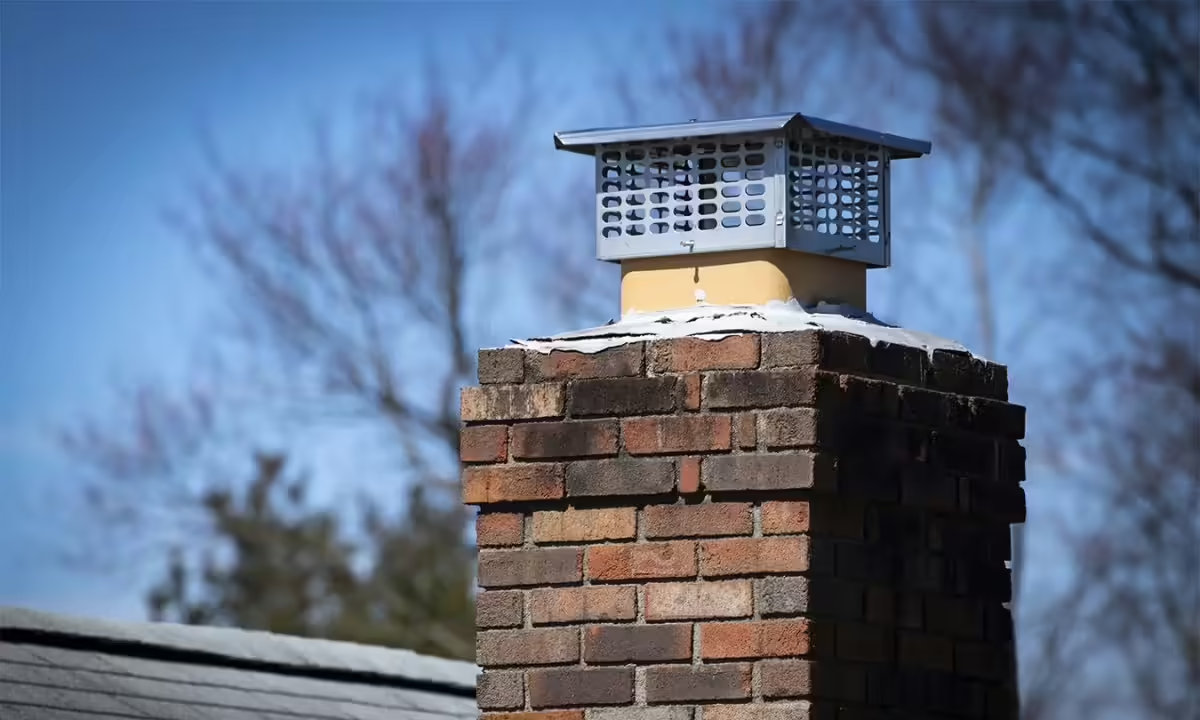
Obtaining Necessary Permits
Before beginning any wood burning installation, you will likely need to obtain one or more permits from your local government. These permits ensure that your installation complies with all relevant building codes and safety standards. The permitting process may involve submitting detailed plans of the installation, scheduling inspections, and paying any associated fees.
Steps to obtaining permits include:
- Contact local authorities: Reach out to your local building department to determine which permits are required for your installation.
- Submit plans: Provide detailed plans of the installation, including the placement of the stove or fireplace, chimney, and ventilation system.
- Schedule inspections: Your installation may need to be inspected at various stages to ensure compliance with local regulations.
At Always A Sweep, we are familiar with the permitting process and can help streamline it for you. Our team will work with local authorities on your behalf to ensure that all necessary permits are obtained before installation begins.
Choosing the Right Location
Selecting the appropriate location for your wood burning installation is critical to compliance. Local regulations often dictate where a wood-burning stove or fireplace can be placed within a home. For example, there may be requirements regarding the distance from walls, ceilings, and other combustible materials. Additionally, the placement of the chimney must adhere to height and clearance requirements to ensure proper ventilation and prevent fire hazards.
Considerations for location include:
- Clearances: Ensure that the stove or fireplace is placed at a safe distance from combustible materials, as specified by local codes.
- Chimney placement: The chimney should be positioned to allow for adequate draft and to minimize the risk of smoke entering the home.
- Ventilation: Proper ventilation is essential for both safety and efficiency. Ensure that your installation meets ventilation requirements.
Always A Sweep can help you determine the optimal location for your wood burning installation, ensuring that it complies with all local regulations. Our experts will assess your home and provide recommendations to ensure a safe and compliant installation.
Installation of Proper Ventilation and Chimney Systems
A key component of any wood burning installation is the ventilation and chimney system. Local regulations often specify the type of chimney that must be used, its height, and its distance from other structures. Proper ventilation is essential to prevent the buildup of dangerous gases, such as carbon monoxide, and to ensure that the stove or fireplace operates efficiently.
Essential aspects of ventilation and chimney systems include:
- Chimney height: Regulations often require chimneys to extend a certain height above the roofline to ensure proper draft and dispersion of smoke.
- Flue size: The flue must be appropriately sized to match the stove or fireplace, ensuring efficient operation and reducing the risk of smoke entering the home.
- Air intake: Some installations may require an external air intake to provide adequate oxygen for combustion.
The professionals at Always A Sweep are experienced in installing chimney and ventilation systems that meet local codes. We use high-quality materials and follow best practices to ensure that your system is safe, efficient, and compliant.
Regular Inspections and Maintenance
Compliance with local regulations does not end once the installation is complete. Regular inspections and maintenance are essential to ensure that your wood burning stove or fireplace continues to operate safely and efficiently. Local codes may require periodic inspections of the chimney, flue, and other components to check for damage, blockages, or other issues that could pose a safety risk.
Key maintenance tasks include:
- Chimney cleaning: Regular cleaning is necessary to remove creosote buildup and prevent chimney fires.
- Flue inspection: Check the flue for any cracks, leaks, or blockages that could impair ventilation.
- Stove or fireplace inspection: Inspect the stove or fireplace for signs of wear, damage, or malfunction.
Always A Sweep offers comprehensive inspection and maintenance services to keep your wood burning installation in top condition. Our team will ensure that your system remains compliant with local regulations and operates safely year-round.
Environmental Considerations
Environmental regulations are increasingly influencing the installation and operation of wood-burning stoves and fireplaces. Many localities have implemented strict emissions standards to reduce air pollution and improve air quality. Compliance with these regulations often involves selecting EPA-certified appliances that meet specific emissions limits and using seasoned wood or other approved fuel sources.
Environmental compliance includes:
- EPA certification: Ensure that your wood-burning appliance is EPA-certified and meets emissions standards.
- Proper fuel use: Burn only seasoned wood or other approved fuels to minimize emissions and maximize efficiency.
- Smoke control areas: Be aware of any local smoke control areas that may have additional restrictions on wood burning.
At Always A Sweep, we are committed to environmentally responsible wood burning installations. We can help you select and install an EPA-certified appliance that complies with local emissions standards and contributes to cleaner air.
The Always A Sweep Advantage: Ensuring Compliance and Safety
At Always A Sweep, we understand the importance of complying with local regulations during wood burning installations. Our team of experienced professionals is dedicated to providing safe, efficient, and compliant installations that meet all legal requirements. We offer comprehensive services, from helping you navigate local regulations and obtain necessary permits to ensuring proper installation and ongoing maintenance.
Why choose Always A Sweep?
- Expert knowledge: Our team is well-versed in local building codes and regulations, ensuring that your installation is compliant.
- Comprehensive services: We handle everything from permitting to installation and maintenance, giving you peace of mind.
- Commitment to safety: We prioritize safety in every installation, using only the highest-quality materials and following best practices.
By choosing Always A Sweep for your wood burning installation, you are ensuring that your project is done right, from start to finish. Visit us at Always A Sweep to learn more about our services and how we can help you achieve a safe and compliant wood burning installation.
Recent Blogs
Why Your Chimney Is Leaking After a Storm: Quick Fixes and Long-Term Solutions
Chimney Leaks and Mold: How One Problem Can Lead to Another
A leaky chimney can cause more than just minor inconvenience; it can lead to mold growth, structural damage, and potential health risks. Unfortunately, many homeowners underestimate the impact of a leaky chimney until it’s too late. In this blog, we will discuss how...
The Hidden Dangers of Chimney Water Damage: What Ocala Homeowners Need to Know
Chimney inspections in Ocala, Florida are essential for ensuring fireplace safety, home heating efficiency, and preventing chimney fires. Whether you own a wood-burning fireplace, gas fireplace, or pellet stove, regular chimney maintenance in Ocala can help protect...
